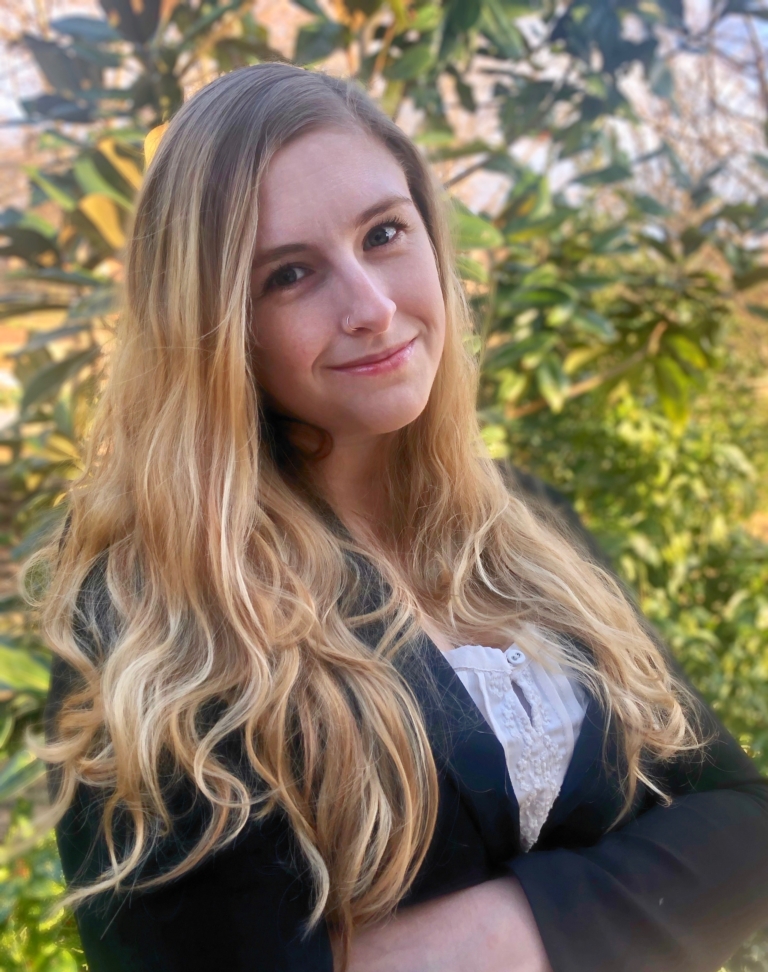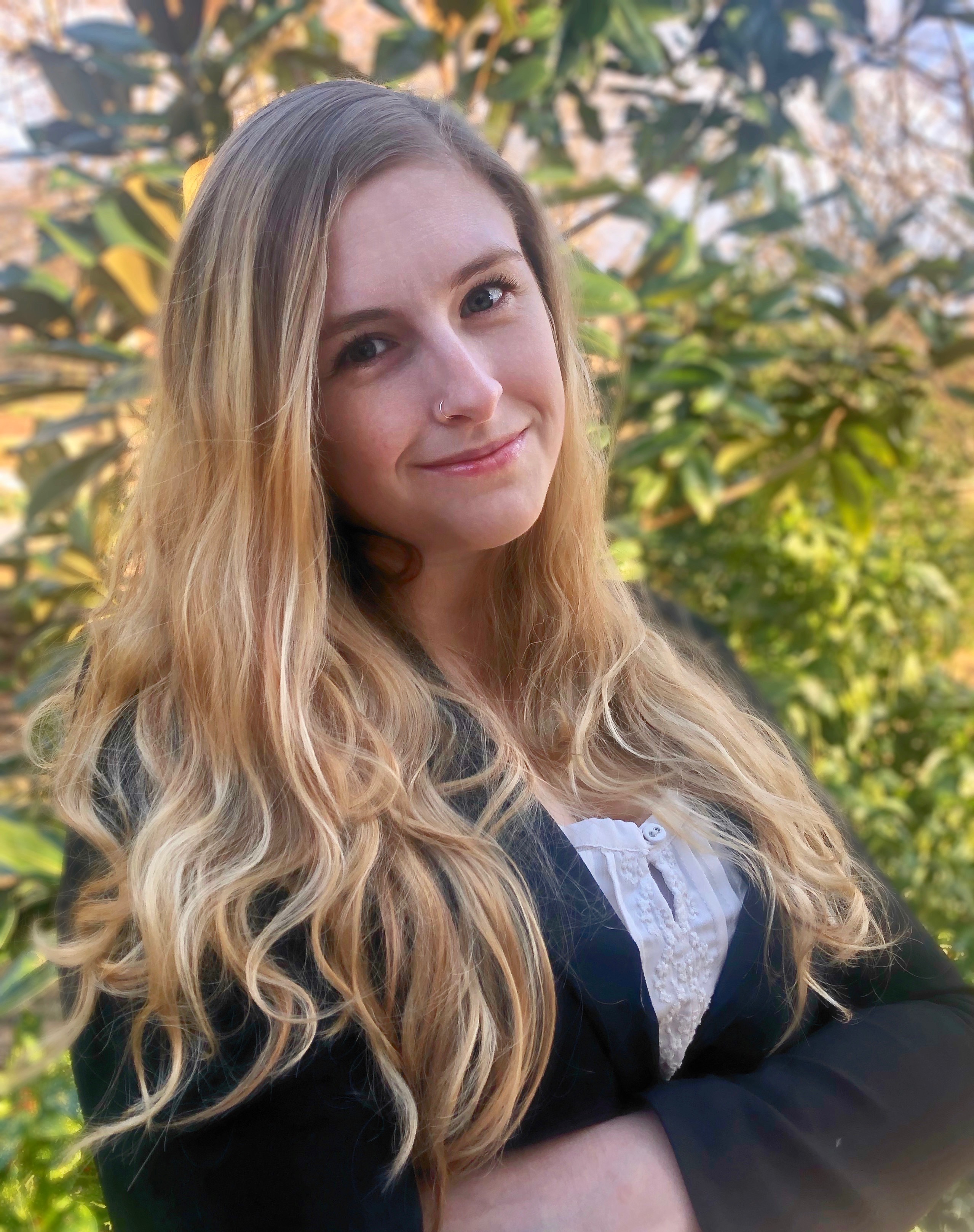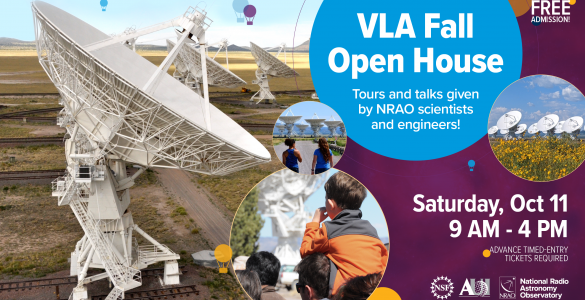Thankful Cromartie, a NRAO Grote Reber doctoral fellow at the University of Virginia’s Department of Astronomy, has received an Einstein Fellowship under the prestigious NASA Hubble Fellowship Program (NHFP).
The program enables outstanding postdoctoral scientists to pursue independent astrophysical research. Each fellowship provides the awardee up to three years of support. The Einstein Fellowship is one of the three NHFP sub-categories, that focuses on the question “How does the universe work?”
Raised in Chapel Hill, North Carolina, Cromartie received her Bachelor of Science with highest honors in physics from the University of North Carolina at Chapel Hill before moving to Charlottesville to pursue her PhD at the University of Virginia. She will be defending her PhD in April and in the fall of 2020 she starts her Einstein Fellowship at Cornell University in Ithaca, New York.
“Being a NRAO Reber Fellow has been fantastic preparation for my postdoctoral research,” said Cromartie. “I’ve had access to expertise through my advisor, Scott Ransom, and had the opportunity to accrue experience as a radio observer. I’m extremely grateful for NRAO’s support during my last year of grad school.”
Cromartie’s research focuses on using millisecond pulsar (MSP) timing to explore fundamental physics. “I love studying millisecond pulsars because they’re powerful space-based probes of fundamental physics. I think it’s incredible to be able to test general relativity and learn about nuclear physics through observations at radio frequencies,” she said.
As a graduate student, Cromartie has been studying millisecond pulsars, and especially their use in pulsar timing arrays for gravitational wave detection. Her most exciting finding has been the measurement of the most massive neutron star to date, called J0740+6620, with the National Science Foundation’s Green Bank Telescope. “This is a 2.14-solar-mass source in the North American Nanohertz Observatory for Gravitational Waves (NANOGrav) dataset. It was particularly exciting because the discovery of more and more massive neutron stars helps constrain the poorly understood neutron star interior equation of state, which describes how matter at extreme densities behaves,” added Cromartie.
As an Einstein fellow at Cornell, she will continue to work within NANOGrav, pursuing ambitious searches for MSPs and using the full extent of the NANOGrav dataset to further constrain the equation of state. She looks forward to conducting joint analyses of radio and Gamma/X-ray data to improve NANOGrav’s sensitivity and further understand the behavior of matter at supranuclear densities.
“I’m thrilled to be able to continue my work as a member of NANOGrav during my Einstein fellowship. I look forward to continuing to gain expertise in millisecond pulsar astrophysics, and to continue contributing to a scientific collaboration that pursues fascinating science. Though as a southerner, I’m admittedly a bit nervous about the cold weather in Ithaca!” Cromartie said.
The National Radio Astronomy Observatory is a facility of the National Science Foundation, operated under cooperative agreement by Associated Universities, Inc.
The Green Bank Observatory is a facility of the National Science Foundation, operated under cooperative agreement by Associated Universities, Inc.












